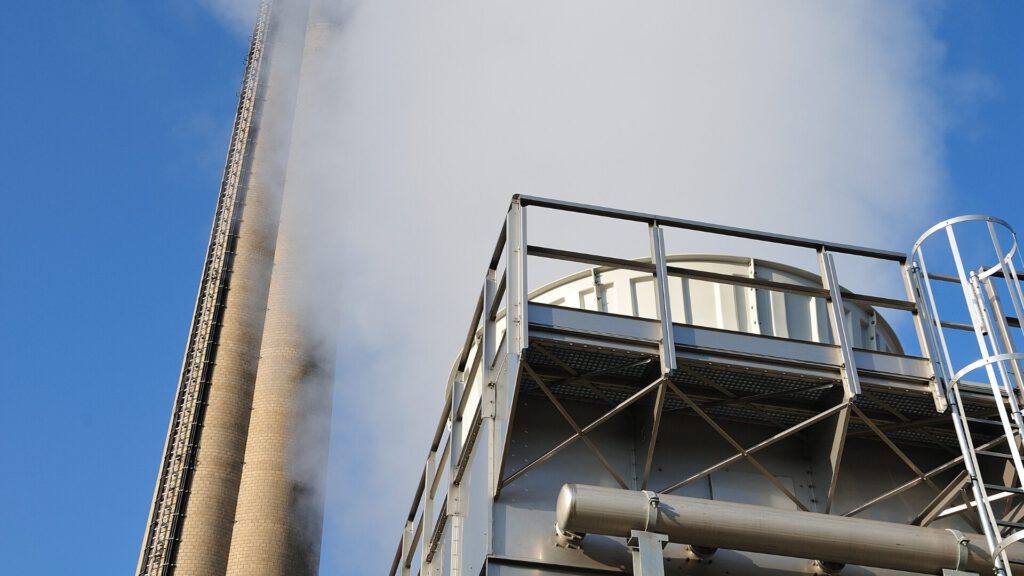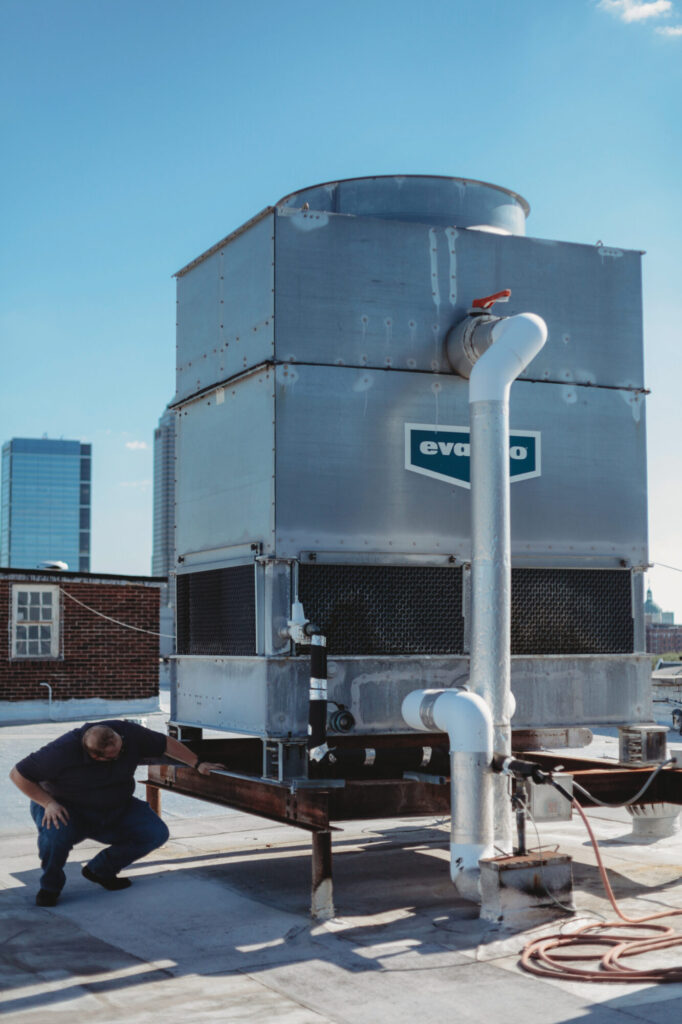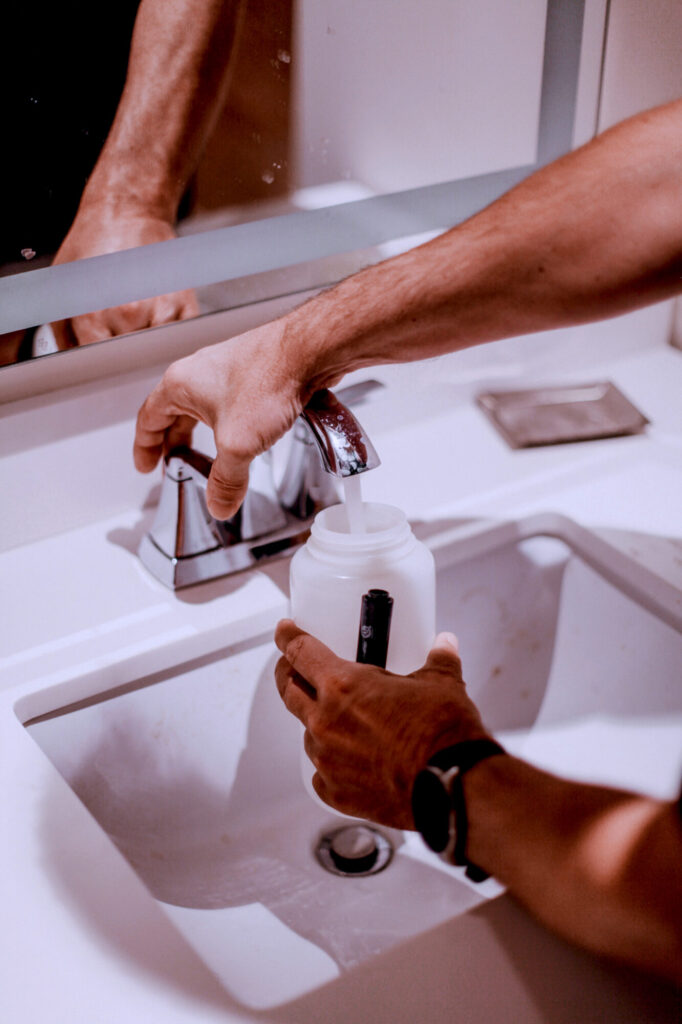In 2025, Legionnaires’ disease has once again made national headlines, with several high-profile outbreaks underscoring just how disruptive, and deadly, this waterborne illness can be. From Harlem, New York, where more than a hundred people were sickened, to clusters in Canada and Europe, and in small towns like Marshalltown, Iowa, that shook local communities, the past year has been a stark reminder that Legionella bacteria remain a serious threat when building water systems are not properly managed. These outbreaks not only highlight the devastating health impacts of Legionnaires’ disease but also draw attention to the financial, legal, and reputational risks that facilities face when prevention measures fall short.
Recent Outbreaks Receiving National Attention

Harlem, New York City — Summer 2025
A major Legionnaires’ disease cluster emerged in central Harlem in summer 2025. By early August, at least 67 people had been diagnosed and three deaths confirmed. The outbreak spanned multiple ZIP codes in the area, and public health officials linked it to contaminated cooling towers atop Harlem Hospital and a nearby city‐run public health building. Ultimately, the outbreak was declared over on August 29, with 114 confirmed cases and 7 deaths.

Marshalltown, Iowa – August 2025
In late August 2025, health officials confirmed a Legionnaires’ disease outbreak in Marshalltown, Iowa. The cluster grew to 74 cases and two deaths, with most patients concentrated in the city’s north side. Investigators believe contaminated cooling towers are the most likely source, and several were disinfected as a precaution, though no single tower has been confirmed. State health officials continue monitoring the situation and urge residents, especially older adults, smokers, and those with chronic lung conditions, to watch for pneumonia-like symptoms and seek care quickly if they appear.
What is considered an outbreak?
A Legionella outbreak is officially defined by public health agencies as two or more confirmed cases of Legionnaires’ disease linked to the same water source or environment within a 12-month period. In healthcare settings, however, even a single case can trigger an outbreak investigation because of the heightened risk to vulnerable populations.
Legionnaires’ disease is a serious type of pneumonia caused by Legionella bacteria, and confirmed cases must be reported to public health authorities since it is a nationally notifiable disease in the United States.
When an outbreak is suspected, health departments work quickly to identify common exposure sites, such as cooling towers, hot water systems, decorative fountains, or spa pools. This process involves collecting patient histories, conducting environmental testing of water systems, and using laboratory analysis, including genetic sequencing, to match patient samples with environmental strains. Once a source is identified, immediate disinfection and long-term water safety measures are put in place.

What your facility faces with an outbreak:
When a Legionella outbreak occurs, the fallout can be far-reaching and deeply disruptive. What starts as a health crisis quickly snowballs into challenges that affect every corner of a facility, from finances and operations to relationships and reputation. The true cost isn’t just measured in dollars, but in lasting impacts that can take years to overcome.
Financial Burden
The financial implications of a Legionella outbreak can be staggering, especially once the situation grows beyond a single case. The first costs come almost immediately. As soon as an outbreak is suspected, facilities are under intense pressure to act quickly, bringing in outside experts, conducting extensive water testing, disruption of normal operations, and carrying out emergency disinfection or system flushes. These responses are essential but disruptive and expensive, often requiring specialized contractors.
The costs don’t end there. If people become seriously ill, or worse, die, lawsuits are almost inevitable. Settlements and court battles can drag on for years, with payouts that far exceed the cost of prevention. Even when insurance covers part of the expense, premiums rise and not all damages are insurable. On top of that, regulatory fines may be imposed if investigators find that the facility failed to maintain a proper water management plan or neglected best practices. And beyond fines, health authorities often mandate corrective actions, which only add to the expense.
Finally, outbreaks often bring operations to a grinding halt. Cooling towers, spas, or even entire facilities may need to shut down during investigations and remediation. The downtime means lost revenue, tenant refunds, and in some cases, long-term vacancies that strain the bottom line.
Reputation Damage
While financial losses hurt, the damage to reputation can be even more devastating, and much harder to recover from. Outbreaks often make headlines, especially if multiple people are affected. Media coverage tends to spotlight the facility’s role in the illnesses, creating a perception of negligence long before investigations are complete.
That negative association sticks. Once a building is linked to Legionnaires’ disease, it can be extremely difficult to regain public confidence. Hotels may see guests cancel reservations, hospitals may lose patients to competing facilities, and universities may experience hesitation from prospective students. In industries where credibility is everything, losing trust can give competitors an immediate advantage.
Even after systems are declared safe, the reputational shadow lingers. Facilities may need to invest heavily in PR campaigns, advertising, or community outreach just to rebuild confidence. These efforts take time, cost money, and often take years before real recovery is achieved.
Loss of Trust Inside the Facility
Perhaps the most damaging consequence of all is the loss of trust from those who spend the most time inside the building: employees, tenants, and visitors. When staff learn that the environment they work in has made people sick, their sense of safety is shaken. Morale suffers, absenteeism rises, and some employees may even start looking for jobs elsewhere unless management can provide clear evidence that safeguards are in place.
For tenants, patients, or visitors, confidence in a building’s safety is just as important. Once trust is broken, they may demand ongoing test results, require independent verification, or even choose to leave for an alternative they feel is safer. And even after remediation, skepticism doesn’t vanish. The lingering question of “Could this happen again?”, continues to affect perceptions, destabilize relationships, and erode long-term loyalty.
Prevention Strategies
To effectively minimize Legionella bacteria growth, facilities need to apply targeted strategies depending on the water system in question.

Cooling towers require strict control measures because they operate in the temperature range that supports bacterial growth. Facilities should:
- Apply routine biocide treatments, using both oxidizing and non-oxidizing agents in rotation.
- Implement scale, corrosion, and biofilm control to inhibit surface attachments where bacteria can thrive.
- Use filtration and blowdown to remove dirt, debris, and organic matter.
- Conduct regular inspections and physical cleaning of basins, fill material, and drift eliminators.
- Follow seasonal start-up and shutdown protocols, flushing and disinfecting before use.
Document all activities within a formal water management plan (e.g., ASHRAE 188 compliance).

Potable water systems require a different approach, with the focus on maintaining safe temperatures, circulation, and cleanliness. Facilities should first and foremost have an ASHRAE Standard 188 compliant water management plan (WMP), which addresses control measures for growth prevention such as :
- Hot water storage must be maintained > 130 °F, with distribution temperatures controlled to comply with scald protection requirements. Cold water must be maintained < 77 °F, with the best practice at < 68°F.
- Prevent stagnation by flushing infrequently used outlets and ensuring consistent circulation throughout the system.
- Monitor disinfectant residuals, pH, and other water quality parameters.
- Clean and maintain tanks, fixtures, and piping to eliminate scale and sediment buildup.
Incorporate potable water systems into the facility’s overall water management plan, with routine testing and corrective actions.
By applying these tailored practices to both cooling towers and potable water systems, facilities can significantly reduce the risk of Legionella bacteria growth while maintaining compliance and protecting occupants.






